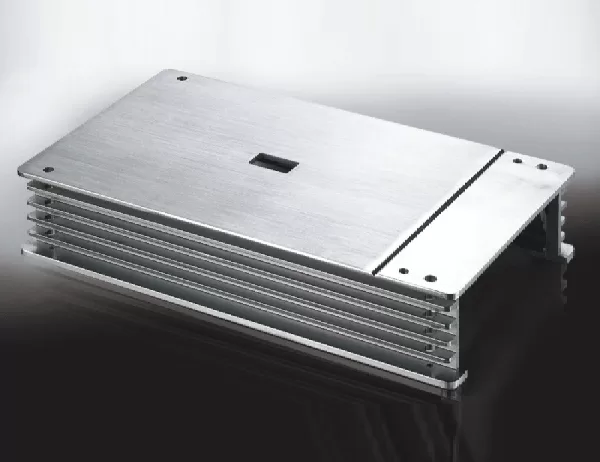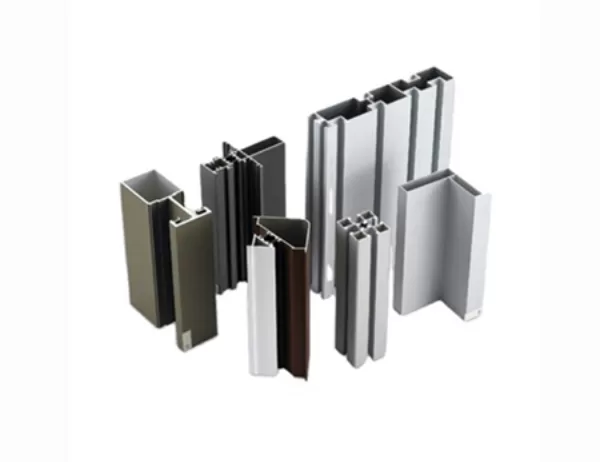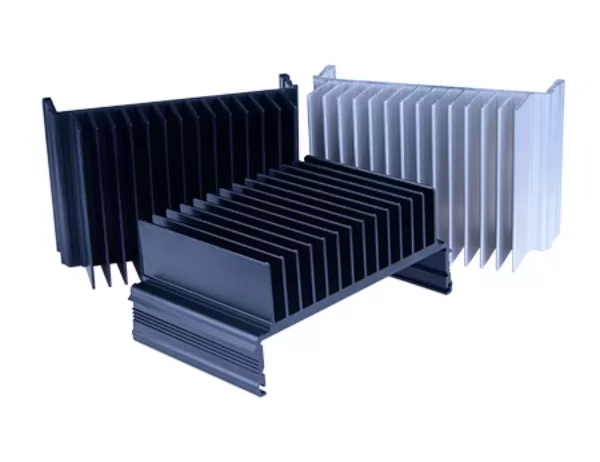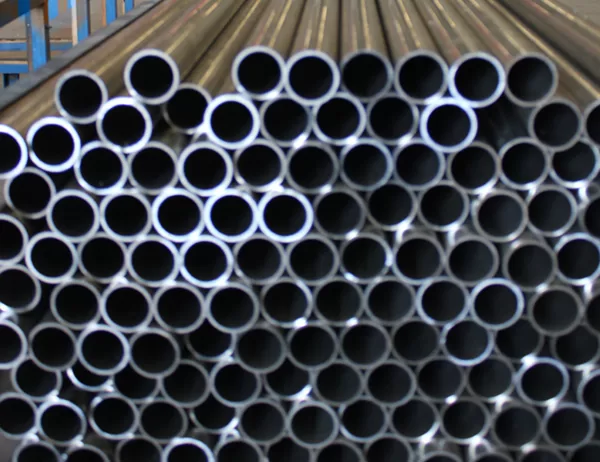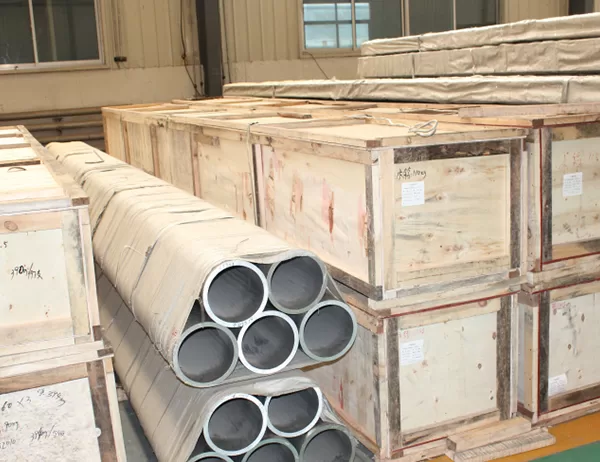Introduction
Extruded aluminum pipes offer exceptional strength, corrosion resistance, and versatility in various applications. Precision cutting and joining are crucial for ensuring the integrity and performance of aluminum structures. This article presents best practices for cutting and joining extruded aluminum pipes, covering essential considerations, techniques, and standards to achieve optimal results.
Precision Cutting Techniques
– Sawing: Use precision saws with sharp carbide-tipped blades specifically designed for cutting aluminum.
– Abrasive Waterjet Cutting (AWJ): This method utilizes a high-pressure water jet with abrasive particles to cut pipes to precise dimensions.
– CNC Machining: Computer-controlled machining centers provide high accuracy and repeatability for complex cuts.
Surface Preparation
– Cleaning: Remove surface contaminants, such as dirt, oil, and oxidation, using solvents or wire brushes.
– Deburring: Smooth cut edges by removing burrs using a file or deburring tool to prevent stress concentration.
– Coating: Apply protective coatings, such as anodizing or powder coating, to enhance corrosion resistance.
Joining Methods
– Welding: TIG welding (gas tungsten arc welding) is preferred for high-strength, precision welds.
– Brazing: This joining method uses a lower melting point alloy to fill the joint, resulting in strong and corrosion-resistant bonds.
– Mechanical Joining: Bolts, nuts, and clamps provide a quick and reliable method for connecting pipes, but may not achieve the same strength as welding.
Joining Considerations
– Joint Design: Select the appropriate joint type (e.g., butt joint, lap joint) based on the application and load requirements.
– Material Compatibility: Ensure compatibility between the aluminum pipe and the joining materials to avoid galvanic corrosion.
– Heat Treatment: Some welding processes may require post-weld heat treatment to relieve residual stresses and improve joint strength.
Quality Control
– Inspection: Conduct thorough visual inspections of cuts and welds to detect any defects or imperfections.
– Testing: Perform mechanical strength tests, such as tensile and shear tests, to verify joint integrity.
– Certification: Comply with industry standards and certifications, such as AWS D1.2 (Structural Welding Code), to ensure adherence to best practices.
Conclusion
By following these best practices for cutting and joining extruded aluminum pipes, engineers and fabricators can achieve high-quality, reliable, and cost-effective structures. Precision cutting techniques, proper surface preparation, appropriate joining methods, and rigorous quality control are essential to maximize the benefits of extruded aluminum pipes while ensuring their long-term performance and durability.
